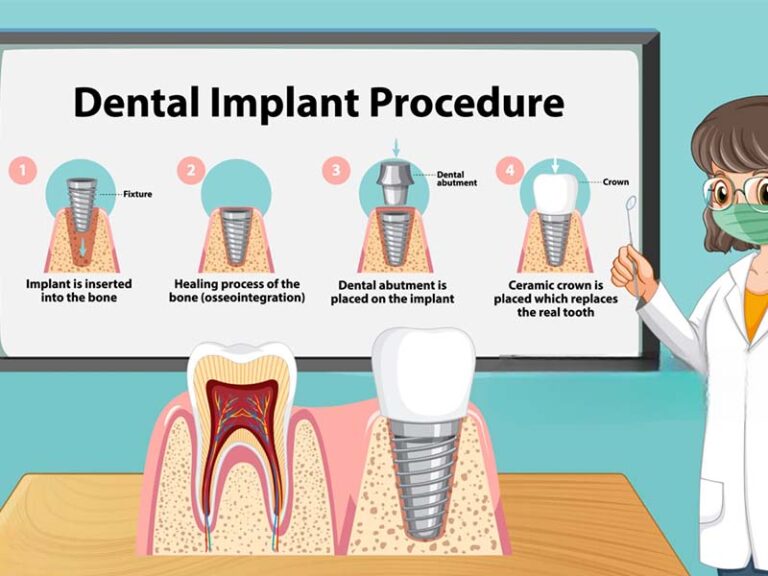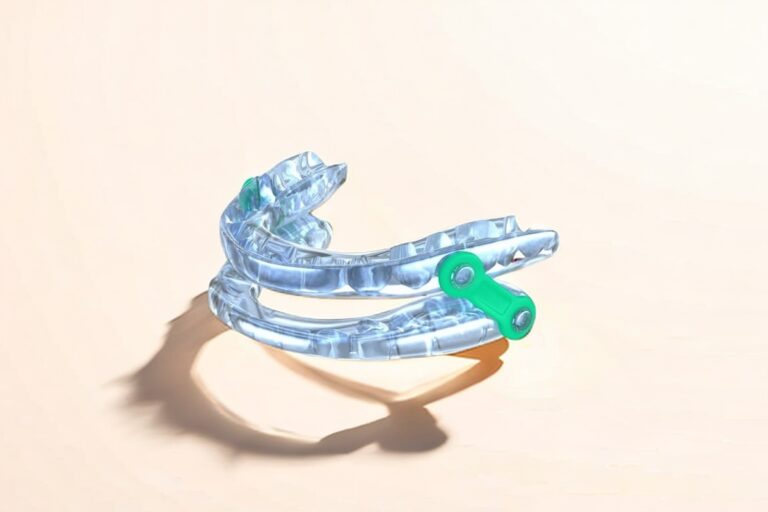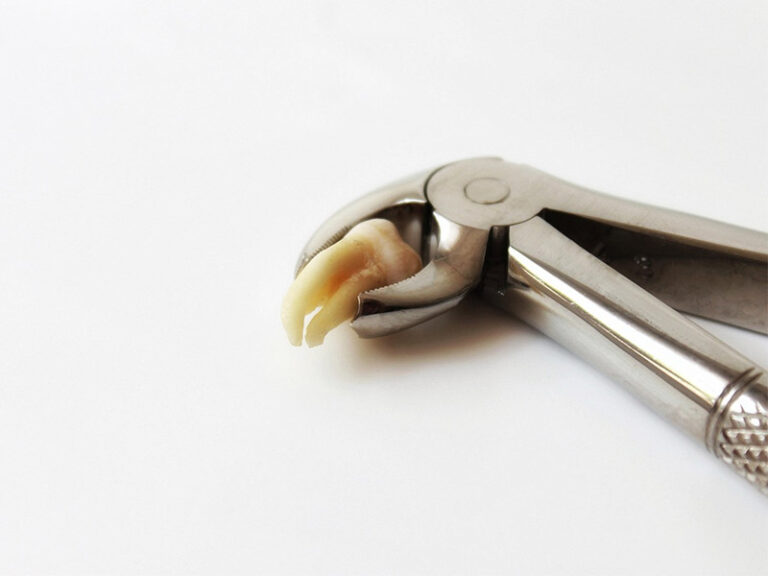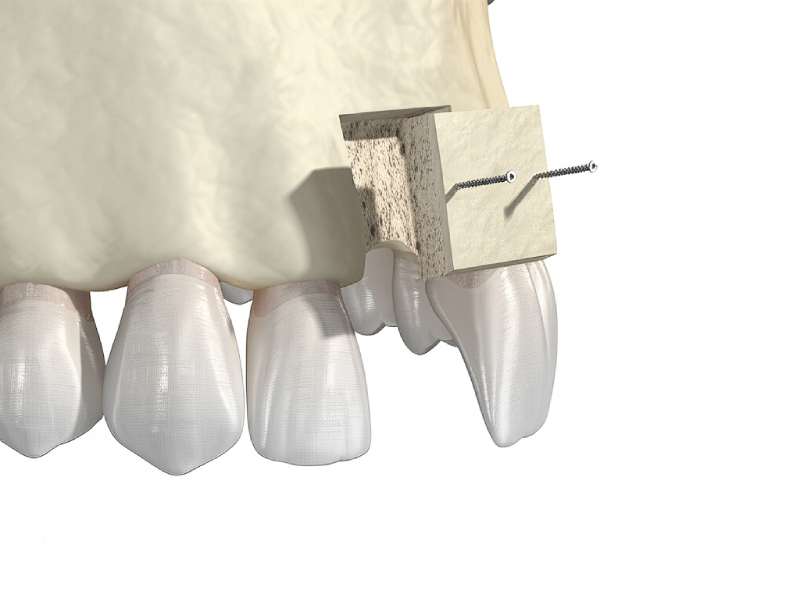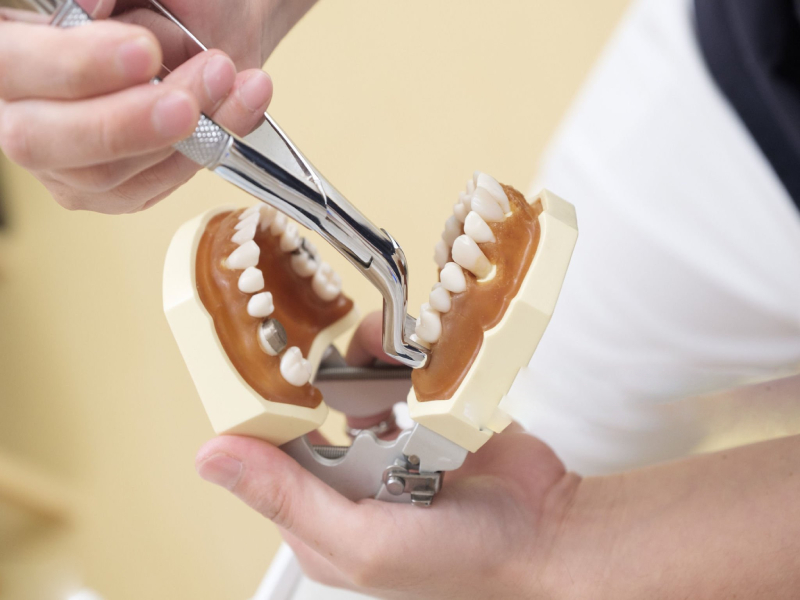
Top Tooth Replacement Options After Extraction: A Complete Guide for Your Best Oral Health
If you’ve just had a tooth pulled or might need one out soon, you might be wondering, “What happens next?” I’ve been there myself. I know the rush of questions that come when you suddenly feel that empty space—What happens to my smile? Will I be able to eat or talk like before? Which choice is right for me? In this guide, I’m sharing what I’ve learned about replacing missing teeth, both from my own experience and what I’ve seen in others.
Before we dive in, let’s glance at what you’ll find in this guide.
Table of Contents
Introduction: Why You Should Replace a Missing Tooth
I’ve seen the worry after someone loses a tooth. It’s not just about the gap, though catching a look in the mirror can be a shock. The real problem starts after—the mouth keeps changing even when a tooth is gone.
Right After Losing a Tooth
The first time I lost a tooth, I didn’t expect it to change my daily habits so much. Simple things—like biting into an apple or chatting over coffee—reminded me something wasn’t right. But a few weeks later is when it really hit me. My other teeth started moving, my bite felt weird, and I had trouble saying some words.
It’s More Than Looks
A lot of people (me included at first) don’t realize: missing teeth can cause lots of problems. Without the tooth’s root, your jawbone can start shrinking—a problem called bone loss. This doesn’t just change how you look; it messes with your bite, causes teeth to move, and might make it hard to eat or speak.
So, replacing a missing tooth matters for more than looks. It protects your mouth, lets you eat and talk better, and helps you feel good about yourself. That’s why I took time to learn about every choice—because picking right really does matter.
Dental Implants: The Top Tooth Replacement Option
When someone asks me about fixing a missing tooth, I always start with dental implants. Why? Because, honestly, they feel as close to getting your real tooth back as you can.
What is a Dental Implant?
Think of an implant as a little metal post (usually titanium) that your dentist puts into your jaw. It holds a fake tooth (the crown) that’s made to look just right for your mouth.
I remember touching my own implant for the first time. No clips, no glue—it didn’t move at all. It just felt like part of me.
How Implants Get Placed: From Start to Finish
Getting an implant takes patience—it won’t happen overnight. The dentist numbs your mouth (maybe gives you something to relax if you get nervous), puts in the implant post, and then you wait a few months for your bone to grow around it. I always compare this to a tree making roots—slow, but once it’s in, it’s there for good.
When your dentist says the implant is ready, they add a piece on top (called the abutment) and then put on the fake tooth. I’ve eaten steak, apples, even hard nuts with mine—no problem.
Types of Dental Implants
- Single Tooth Implants: For just one missing tooth. Doesn’t touch other teeth.
- Implant Bridges: Good for a few missing teeth in a row. You use two or more implant posts to hold a bridge, so the healthy teeth aren’t shaved down.
- Implant Dentures (All-on-4, Overdentures): For when you lose all your teeth in one part of your mouth. There are ways to get a full row held by just four or six implants.
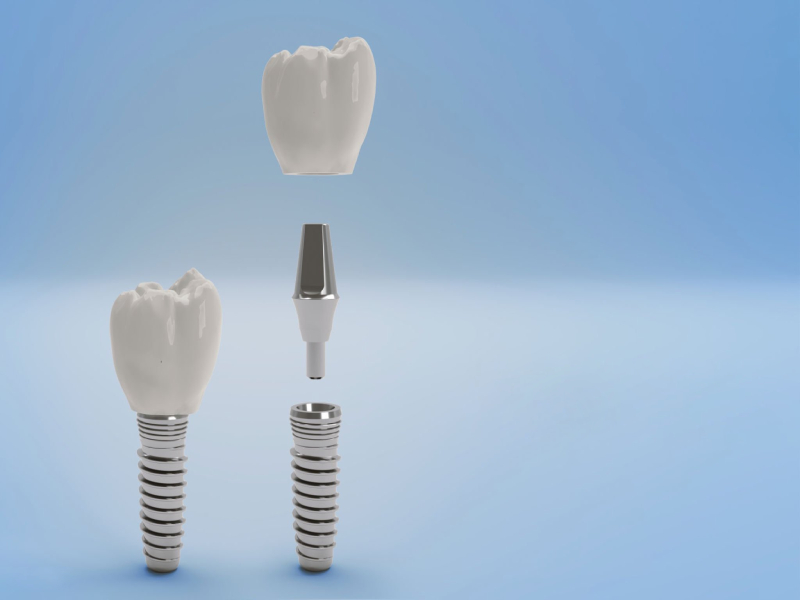
Dental Implants: Good and Bad Points
Good Points
- Lasts a Long Time: If you take care of an implant, it can last well over 15 years. Some studies say up to 98% are still going after ten years.
- Keeps Bone Strong: Implants keep your jaw strong so your face doesn’t look sunken over time.
- Looks and Feels Real: Even other dentists can’t always pick out my implant unless I show them.
- Doesn’t Rely on Other Teeth: It stands alone, so your other teeth stay untouched.
Bad Points
- Costs More: Usually $3,000–$6,000 for each tooth. For a full row (All-on-4), it can be $12,000–$25,000.
- Takes Time: It can take months before everything is finished. Not for anyone who wants a quick fix.
- Needs Surgery: Not everyone is a good candidate. Problems like not enough bone, some health issues (like out-of-control diabetes), or smoking can get in the way.
- Insurance Might Not Help: Some plans don’t pay very much, if at all.
To be honest, the cost and wait made me worry at first. But now, years later, I have no regrets.
Dental Bridges: A Regular Fixed Option
When my brother needed a tooth out, he chose to get a dental bridge. Watching what he went through taught me a lot about this common choice.
What is a Dental Bridge?
A bridge fills a gap by connecting a fake tooth to the real teeth on each side. The dentist has to shave down those neighbor teeth to put on crowns that hold the bridge.
From the outside, my brother’s smile looked great again. He could eat like normal only days later.
Types of Dental Bridges
- Traditional Bridge: Uses crowns on both sides.
- Maryland Bridge: Uses a frame stuck to the back of neighbor teeth. Doesn’t need much shaping but isn’t as strong.
- Cantilever Bridge: Sticks to just one tooth on one side. Not common because it puts extra pressure on one tooth.
Dental Bridges: Good and Bad Points
Good Points
- Fixed In Place: No taking it out for cleaning.
- Done Fast: The whole thing is over in weeks instead of months.
- Cheaper: Usually $2,000–$5,000 for a bridge (with three teeth). Less than an implant.
Bad Points
- Uses Healthy Teeth: The worst part, in my view, is that you lose good enamel on teeth beside the gap.
- Doesn’t Stop Bone Loss: Since there’s no root in your jaw, the bone under the gap can shrink over time.
- Doesn’t Last as Long: Bridges last 5–15 years, not as long as implants.
- Can Fail If Teeth Get Sick: If the teeth holding your bridge get cavities or gum disease, the whole bridge might be lost.
If your mouth is otherwise healthy and you want the gap filled fast—or don’t have enough bone for an implant—a bridge might work well for you.
Dentures: Removable and More Affordable Choices
I used to think dentures were only for my grandparents. I was wrong. Today’s dentures are way better: comfier, lighter, and they fit many needs and wallets.
What are Dentures?
Dentures are fake teeth you can take out. They replace many or all teeth in a row. There are full dentures (if you’re missing all teeth in an area) and partial dentures (just a few gaps).
When a friend lost most of his teeth in an accident, he got a denture on day one after surgery—so he didn’t have to hide his smile even once.
Types of Dentures
- Full Dentures: Used if you lost all teeth in your top or bottom jaw.
- Partial Dentures: Hook onto the teeth you have left using little metal (or soft plastic) hooks.
- Immediate Dentures: Made and given the same day as your teeth are pulled, then adjusted after you heal.
- Flexible Partial Dentures: Made out of bendy plastic; softer and comfier, good if you have sore gums.
- Implant Dentures: Dentures held up by implants for much less wobble. I tried one once—huge difference, no slipping.
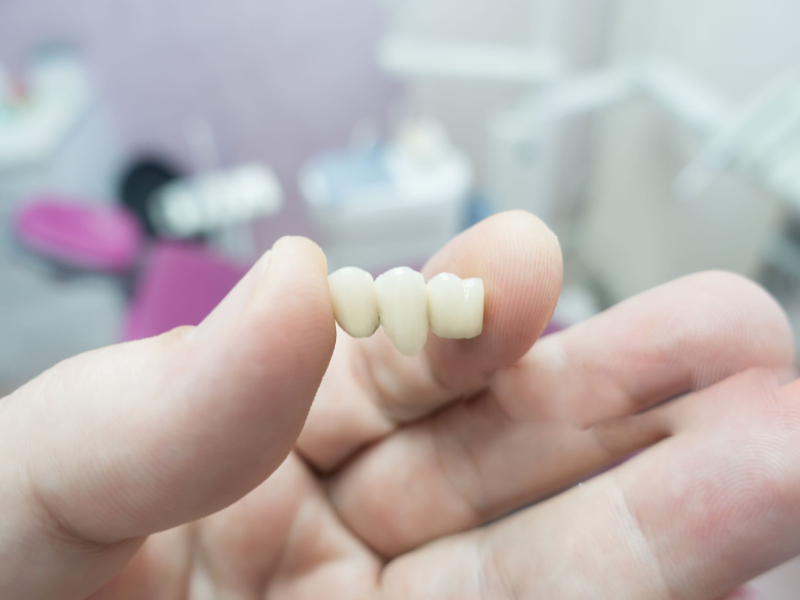
Dentures: Good and Bad Points
Good Points
- More Budget-Friendly: Starts around $600–$4,000 per jaw, usually the best price.
- No Surgery Needed: No drill or cutting; no bone work needed.
- Fast to Get: You can walk out with new teeth right after your old ones come out.
Bad Points
- Take Out at Night: I didn’t like having to pop them out and clean them every night. Felt a bit weird, too.
- Doesn’t Keep Bone Strong: Like bridges, dentures don’t stop bone loss. They can even speed up bone shrinking.
- Fit Can Change: Your mouth shape changes over time, so you may need the fit fixed now and then. Some foods—like steak or bagels—can be tough to eat.
- Not Quite Real: Modern dentures look nice but rarely trick anyone close-up, plus they sometimes slip.
If you want something fast and don’t want surgery, or you’re on a tighter budget, dentures are still a smart choice. Lots of my friends have gotten their smiles (and confidence) back this way.
Key Things to Think About When Picking Your Option
When I had to figure out my own tooth loss, I thought hard about what really mattered. Here’s what I learned:
Health of Your Mouth & Jawbone
Ask your dentist: Do you have enough bone for implants? Sometimes you need more work, like adding bone (called a graft). I had to do it—not a big deal, and worth it in the end.
How Many and Where Teeth Are Missing
- One Tooth: Implants work great, but bridges or partials can work too.
- A Few Teeth: Implant bridges, big partials, or even dentures might fit.
- Whole Row: You might look at an All-on-4, or just regular dentures. Your mouth and your lifestyle help decide.
Money & Insurance
Look at the starting cost, but also how long it will last and what it might cost to fix or replace it. Some dental insurance will cover part of an implant now, but you’ll likely pay some yourself. Don’t forget to check if you can do a payment plan.
Looks & How It Works
How much do you care that your new tooth looks perfect? Does it need to be super steady so you can eat anything you want?
Time & Healing
Are you OK waiting months for the final fix, or need something fast? Some choices give teeth right away, but others take some healing first.
How Much Upkeep
Implants just need brushing and flossing, the same as real teeth. Bridges need special tools to clean under them. Dentures need daily cleanings—and sometimes repairs. I always ask my dentist for a cleaning routine that fits my habits.
Picking With Your Dentist
Here’s my best advice: Don’t pick alone. A good dentist will walk you through all the pieces.
Why You Need a Real Exam
During my check, they did x-rays, made scans, checked my gums, and asked all sorts of questions (even about sleeping, because grinding your teeth at night makes a difference). All these details help pick the right fix for you.
Who to Ask
- General Dentist: The first place most people go.
- Prosthodontist: Experts at fixing lots of missing teeth.
- Oral Surgeon: Does tough pulls, bone repairs, & implant surgery.
- Periodontist: Looks after your gums and bone.
If your case is simple, one dentist is probably enough. If not, ask for a specialist.
Ask These Questions
- Do I have enough bone and gum for an implant?
- What choices do I have for this gap?
- How much will it all cost, today and down the road?
- How long does each fix take from start to finish?
- What care does each choice need?
- Are there any risks or bad side effects I should know about?
Don’t be afraid to write these down and bring your list! I always took a notebook—it helped keep my thoughts clear.
Conclusion: How to Choose the Best Option for Your Smile
Losing a tooth is scary. Really. But remember—dentistry today can give you real answers and real hope. The biggest thing I’ve learned? There’s no “one-size-fits-all” fix. The best choice is the one that fits you—your mouth, your habits, your wallet, and your long-term happiness.
Implants, bridges, dentures—they all work for some people. If you’re not sure where to start, ask your dentist and talk things over together. I’m thankful I got help from the right people, and I found a plan that brought back both my smile and my self-confidence.
Still have doubts? Book that appointment. Your future self will thank you.

